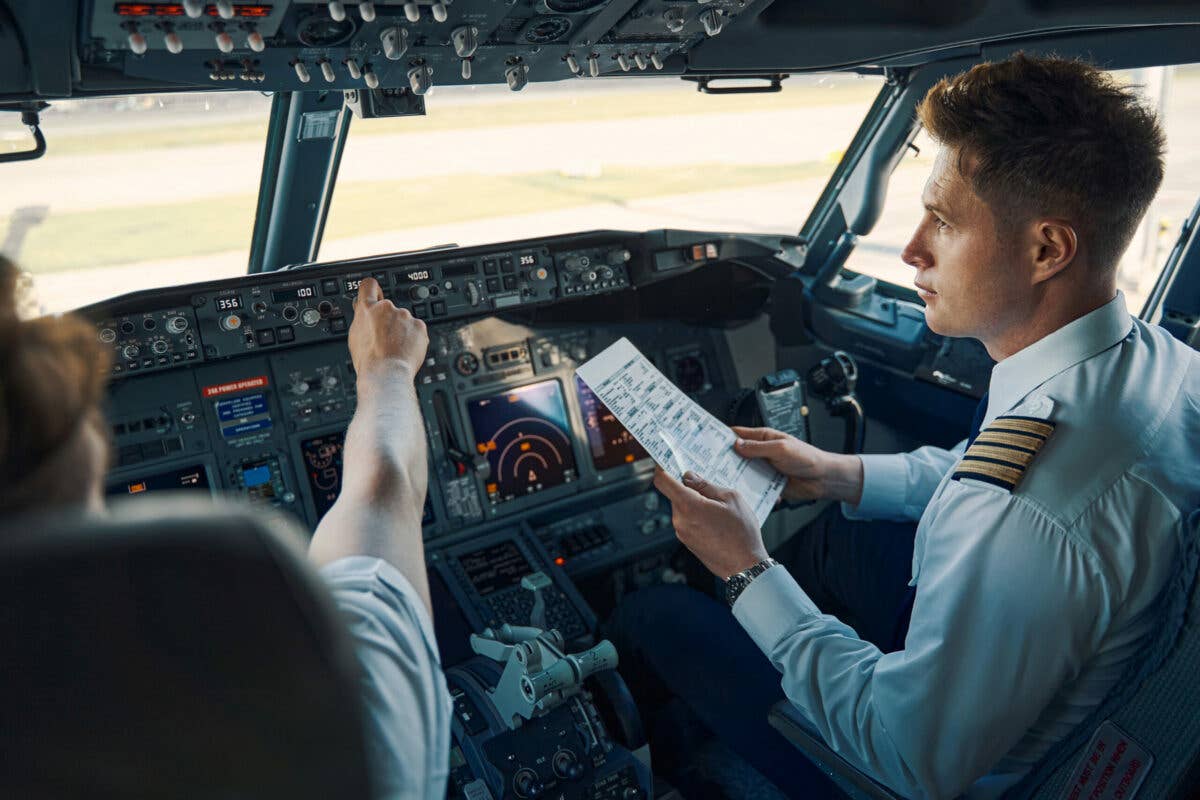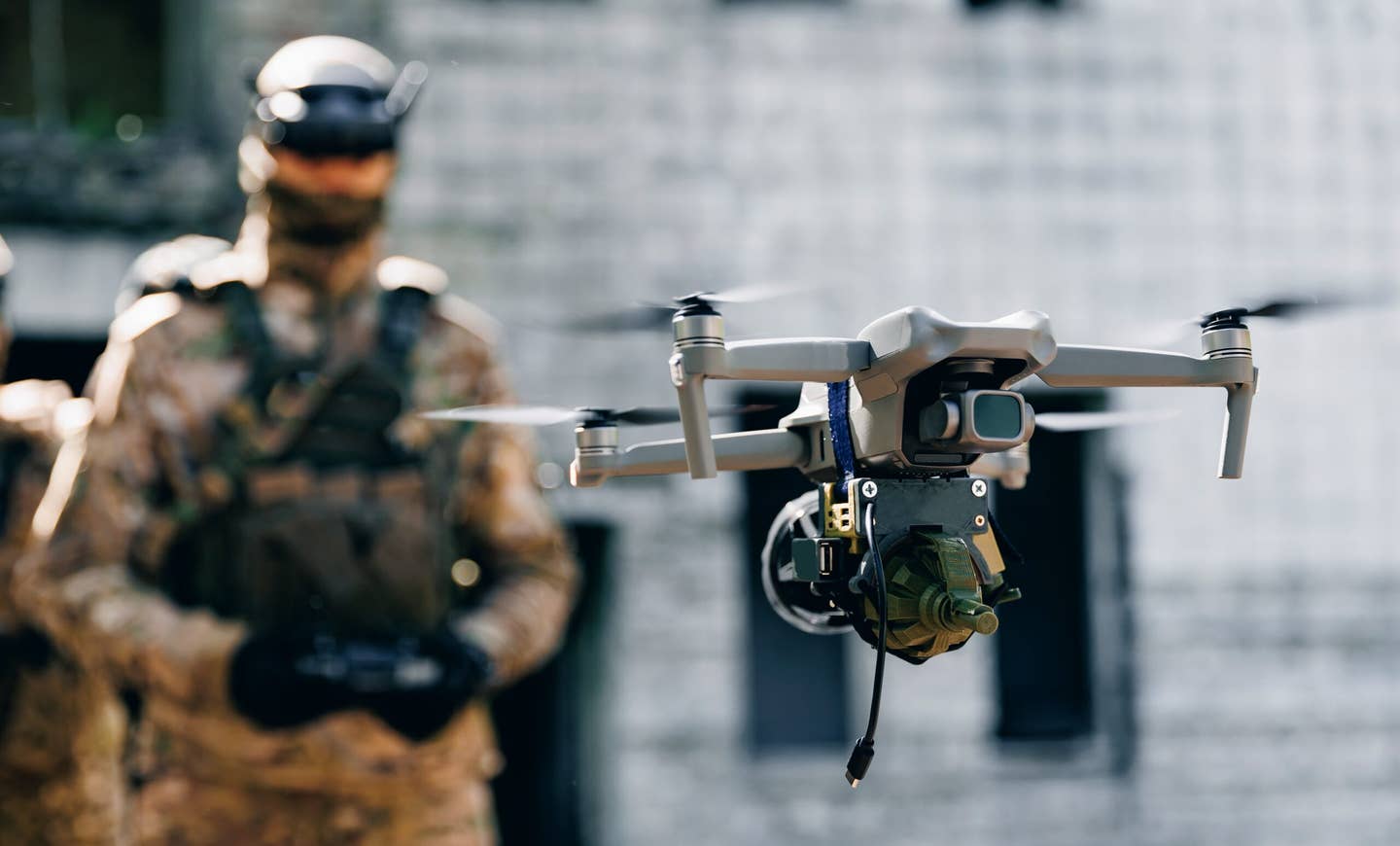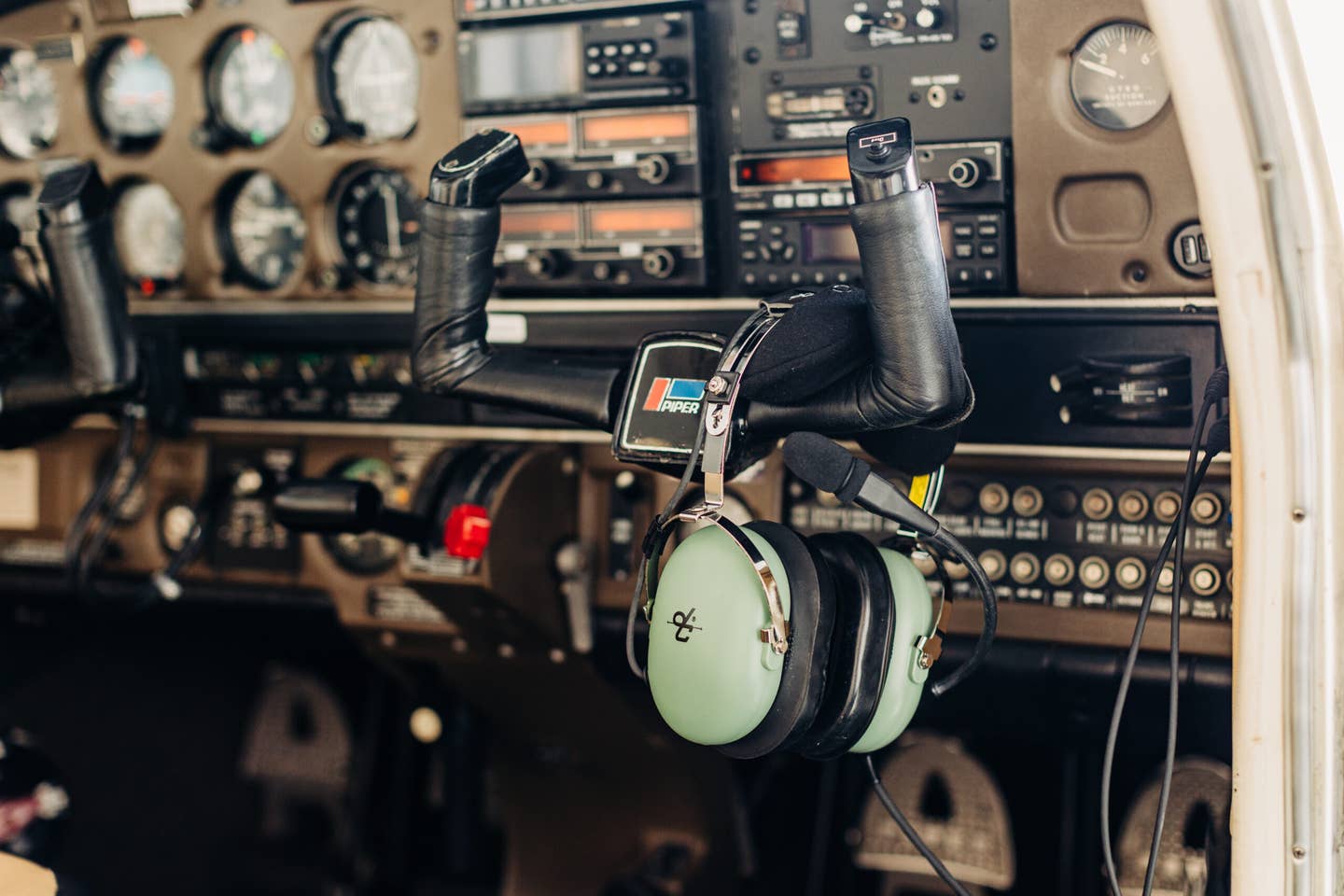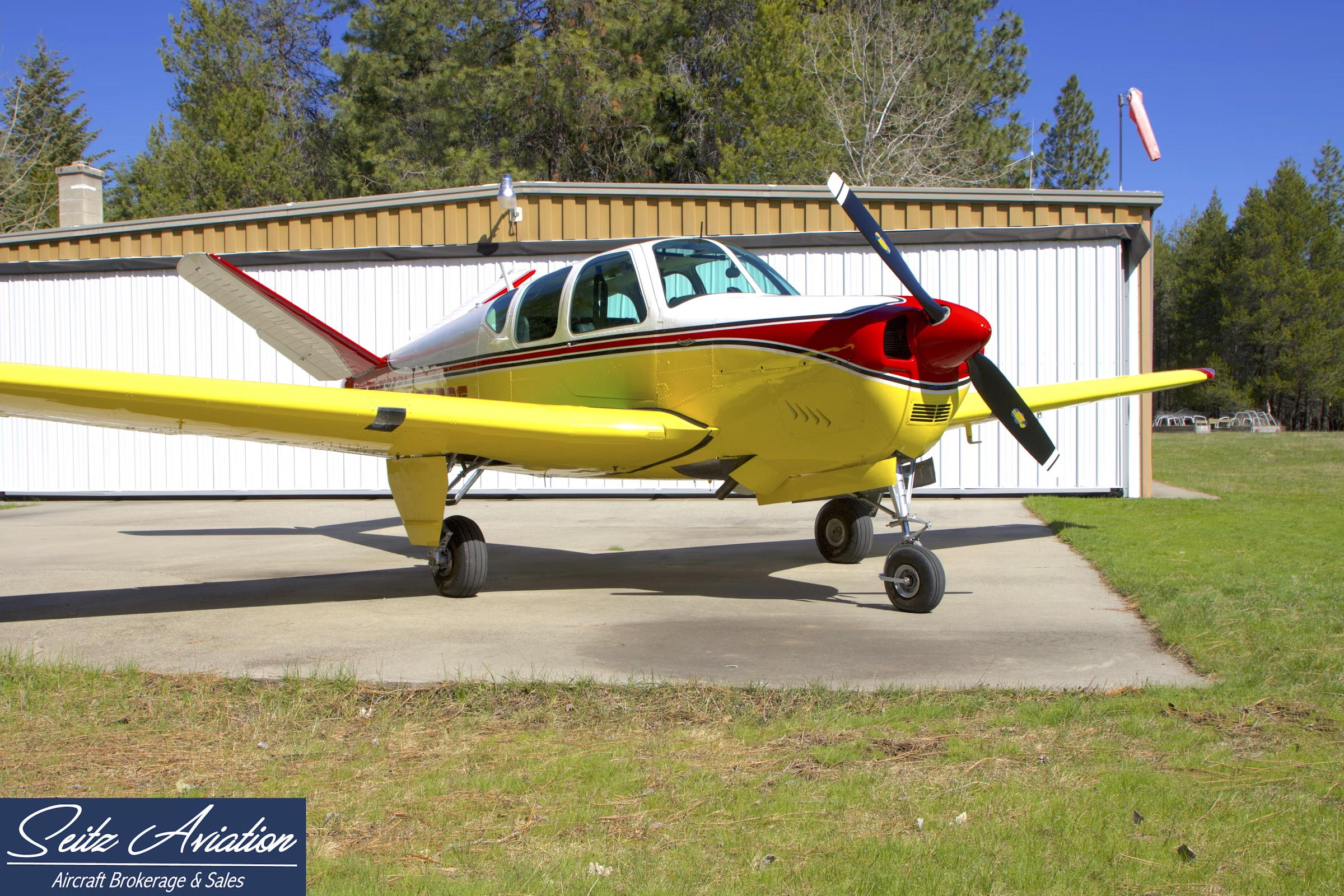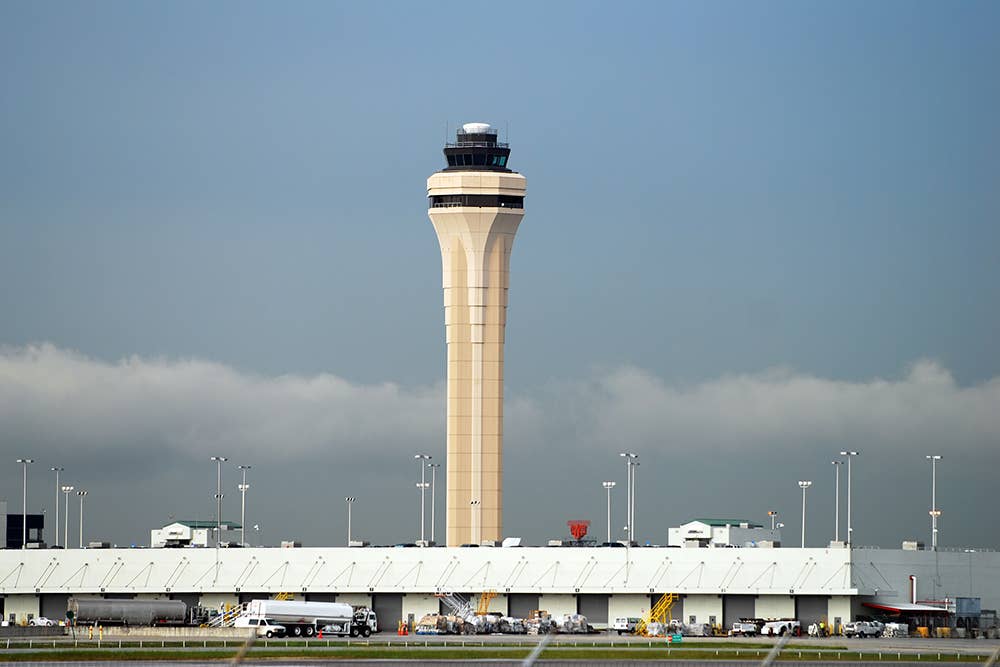DOD Confirms First Batch of Replicator Drone Deliveries
The initiative to field thousands of cheaply produced drones is ‘producing real results,’ according to U.S. Deputy Secretary of Defense Kathleen Hicks.

Deputy Secretary of Defense Kathleen Hicks addresses attendees of the National Defense Industrial Association’s Emerging Technologies for Defense Conference in Washington, D.C., on Monday, August 29. [Courtesy: Air Force Technical Sergeant Jack Sanders]
The U.S. Department of Defense confirmed that deliveries for Replicator —a DOD initiative to field thousands of uncrewed aircraft systems (UAS), or drones, by August 2025—began earlier this month.
“This shows that warfighter-centric innovation is not only possible; it’s producing real results,” Kathleen Hicks, U.S. deputy secretary of defense, said in a statement last week. “Together with the private sector and with support from Congress, the Replicator initiative is delivering capabilities at greater speed and scale while simultaneously burning down risk and alleviating systemic barriers across the department.”
Hicks did not specify which systems have been delivered, how many, or to whom. But the update marks progress toward equipping the U.S. military with aircraft that the deputy defense secretary previously described as “small, smart, cheap, and many.”
Replicator has largely been shrouded in secrecy since it was revealed by Hicks in October. The program seeks to produce UAS cheaply and at scale with the assistance of the private sector, including commercial manufacturers and defense companies.
“We are seeing contract awards for autonomous, attritable systems being increased in size and pulled forward,” the Defense Innovation Unit (DIU), which is supporting the program, says on its website.
The drones, which the DOD characterizes as all-domain attritable autonomous systems (ADA2), are designed to be deployed in minutes and be shot down with little to no impact on military capabilities, making them ideal for operations in high-risk environments, such as the battlefield.
Replicator’s primary objective is to help the U.S. keep pace with China’s growing military strength—the People’s Liberation Army has an estimated 2,200 combat aircraft and boasts the world’s largest Navy, per DOD data—but the aircraft will be deployed across multiple domains. The current 18-to-24-month initiative, Replicator 1, is intended to be the first of several iterations of the program.
The DOD operates more than 11,000 UAS across air, land, and sea mainly for training, testing, and surveillance. The smallest is the RQ-11B Raven, which weighs just over 4 pounds and can fly up to 6.2 sm (5.4 nm). At the other end of the spectrum are aircraft such as the remotely piloted RQ-4 Global Hawk, which weighs nearly 15,000 pounds and has a 131-foot wingspan.
Earlier this month, the department announced $500 million in funding for Replicator for fiscal year 2024, much of which comes from the 2024 defense spending bill. It also confirmed the first aircraft to benefit from the program’s accelerated speed and scale: the Switchblade-600, a loitering munition (known colloquially as a kamikaze drone) produced by California-based Aerovironment.
Switchblades, which can hover in the air for as long as 40 minutes before striking a target, have been used by Ukrainian soldiers and will add “additional capability to U.S. forces,” the department said. The first tranche, or batch, of Replicator-backed technology will include additional UAS and counter-UAS systems, some of which remain classified.
Now, at least some of those systems have been delivered. But whether or not they are Switchblades remains a mystery. A possible destination for the aircraft could be the U.S. Indo-Pacific Command, which oversees operations of U.S. forces in the region.
The DOD is seeking another $500 million in funding for Replicator in next year’s provisional budget, signaling that the program is only just beginning.
Like this story? We think you'll also like the Future of FLYING newsletter sent every Thursday afternoon. Sign up now.

Sign-up for newsletters & special offers!
Get the latest FLYING stories & special offers delivered directly to your inbox

